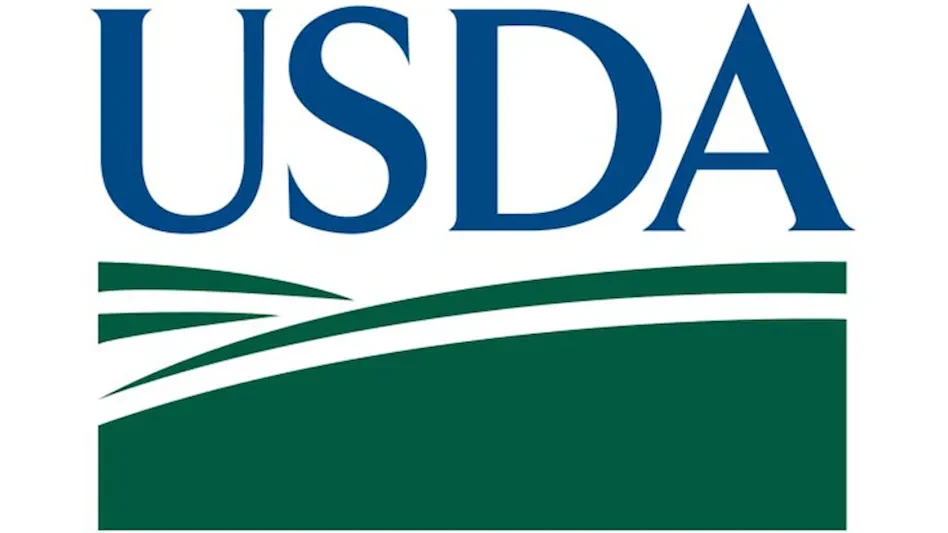Did you know …
- information on your Website can violate labeling regulations?
- promoting a product’s health benefits can cause it to be considered a drug?
- pipes above exposed production lines can cause product adulteration?
Each of these practices was a basis for the issuance of an FDA Warning Letter to a food manufacturing company. Because it can be difficult to stay up to date and understand all regulations and amendments, periodic review of the letters can enlighten management teams on oft-cited and little known regulations.
Labeling. In February, FDA issued a number of Warning Letters on misbranding, based primarily on nutrient claims. The letters note that FDA has reviewed a product label and/or website, and has found product(s) to be in violation of the Federal Food, Drug, and Cosmetic Act. The products were considered misbranded because the label bears a nutrient content claim but does not meet the requirements to make the claim.
Excerpts from nutrient content misbranding warning letters include:
- Olive oil. The product label includes the statement "high in ‘good’ monounsaturated fat." This is an unauthorized nutrient content claim, so may not be used in labeling. Claims about the level of fat, fatty acid and cholesterol in a food may only be made on the label or in the labeling of the food if the claim uses a CFR-defined term—which does not include "good monounsaturated fat."
- Baby food. Except for claims regarding the percentage of a vitamin or mineral for which there is an established Reference Daily Intake (RDI), a nutrient content claim may not be made for a food intended specifically for use by infants and children under two unless the claim is specifically provided for by FDA. The product’s labeling includes nutrient content claims such as "good source of iron, zinc, and vitamin E for infants and toddlers." This claim is not allowed for foods intended specifically for infants and children under two.
- Nuts. Based on claims made on the firm’s website, FDA determined that the products are promoted for conditions that cause them to be drugs because these products are intended for use in the prevention, mitigation, and treatment of disease. FDA also cited the nuts as "new drugs" because they are not generally recognized as safe and effective for the referenced conditions, concluding that they may not be legally marketed with these claims without an approved new drug application.
Contamination. Though the spate of nutrient claim letters was issued in February, food processors are more often cited for contamination or adulteration. Once such letter issued to a Georgia food plant focused on Listeria monocytogenes. In the FDA inspection which included collecting/testing of samples of finished products, in-process products and environmental swabs, Listeria was found to be present in the product and facility.
Lab tests revealing that three of the environmental swabs had patterns indistinguishable from each other and from that found in finished product showed that Listeria may have been transported throughout facility, the letter noted, adding that once established on production area floors, the pathogen can contaminate food and food-contact surfaces through human or mechanical means. In the inspection, significant GMP deviations were also found, causing foods to be adulterated. Specific observations included:
- Employees in the mixing room were using high pressure water to clean equipment near exposed raw materials. Cleaning water splashing near the exposed raw ingredients could lead to contamination of your food products.
- An uncovered cart containing trash was located within close proximity of exposed raw materials in the mixing room. The proximity of the trash to food and food contact surfaces could lead to contamination of food products.
- Condensate and drippage in the production area above lines which were transporting exposed products; above the conveyors transporting exposed in-process products to the freezer; and above a wheel and an uncovered raw ingredient feeder. Condensate is likely to be contaminated with harmful bacteria, which could contaminate the finished product.
- A maintenance employee, who was not wearing gloves, was touching exposed finished product and food-contact surfaces on equipment while using tools to fix an infrared sensor on a line; two employees were donning shoe covers after washing their hands; and an employee touched his nose and mustache after washing his hands without using sanitizer or re-washing his hands before he returned to the work area.
Periodic review of Warning Letters received by other food manufacturers could alert a manager to a potential lapse in his own plant. It is vastly preferable to read FDA’s warning to another:
"You are responsible for ensuring that your processing plant operates in compliance with the Act and applicable regulations. You should take prompt action to correct these violations. We may take further action if you do not promptly correct these violations. For instance, we may take further action to seize your product(s) and/or enjoin your firm from operating."
… than it is to receive such a warning for your own plant.
Warning Letters are published regularly at www.fda.gov.
The author is Managing Editor of QA magazine. She can be reached at llupo@giemedia.com.

Explore the March 2010 Issue
Check out more from this issue and find your next story to read.
Latest from Quality Assurance & Food Safety
- Bird Flu: What FSQA Professionals Need to Know
- Registration Open for 129th AFDO Annual Educational Conference
- Frank Yiannas, Aquatiq Partner to Expand Global Reach of Food Safety Culture
- World Food Safety Day 2025 Theme: Science in Action
- Ancera Launches Poultry Analytics System
- USDA Terminates Two Longstanding Food Safety Advisory Committees
- Catalyst Food Leaders Announces Virtual Leadership Summit for People in Food
- Food Safety Latam Summit 2025 Set for Mexico City





